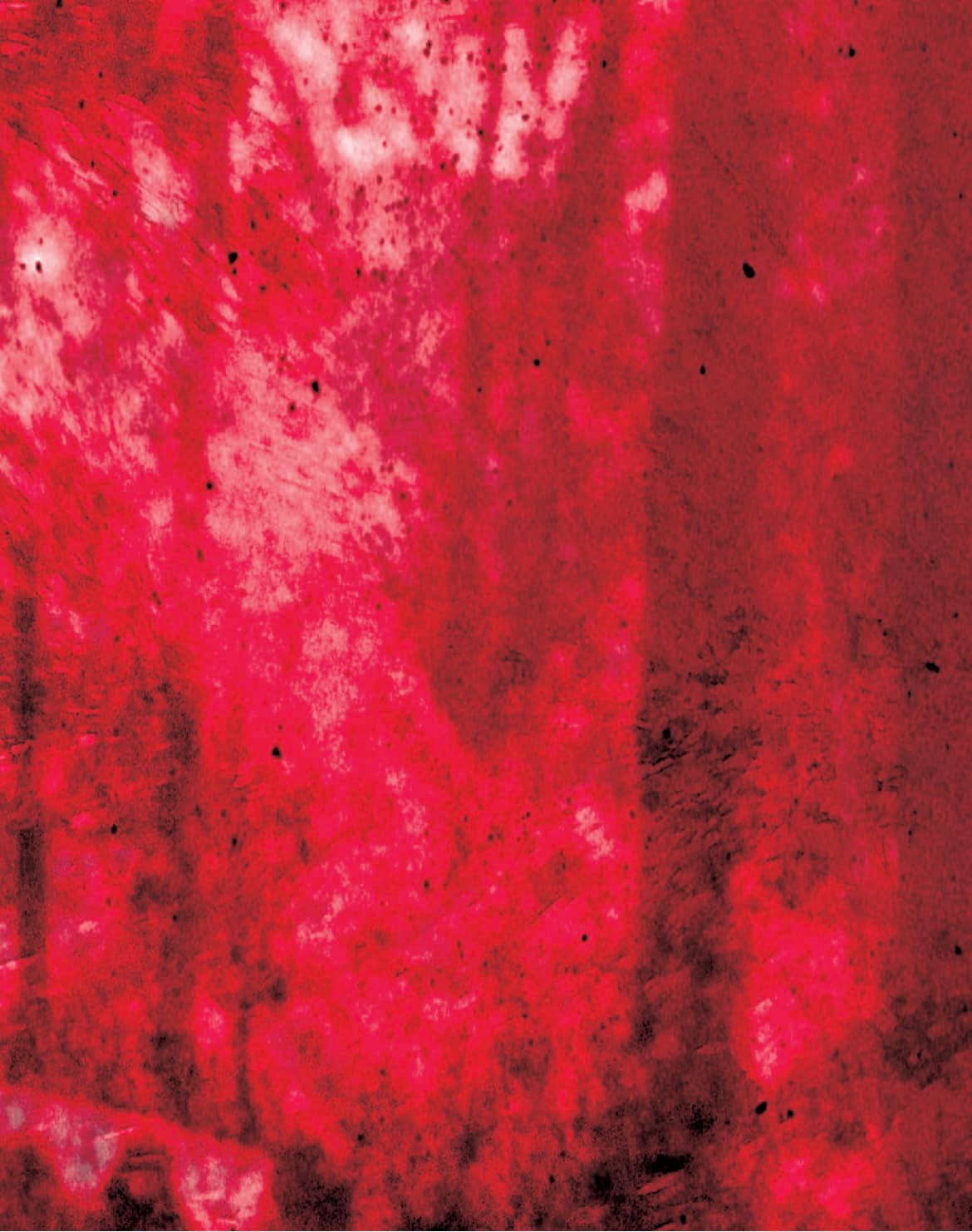What do you think?
Rate this book


64 pages, Paperback
Published January 1, 2022
• It synthesizes the material, suited to the needs of the project it serves;
• In the synthesis, it challenges the ideas posed by the literature, challenging even those texts whose writer he admires;
•(and to my satisfaction, he calls out the ones he hates)